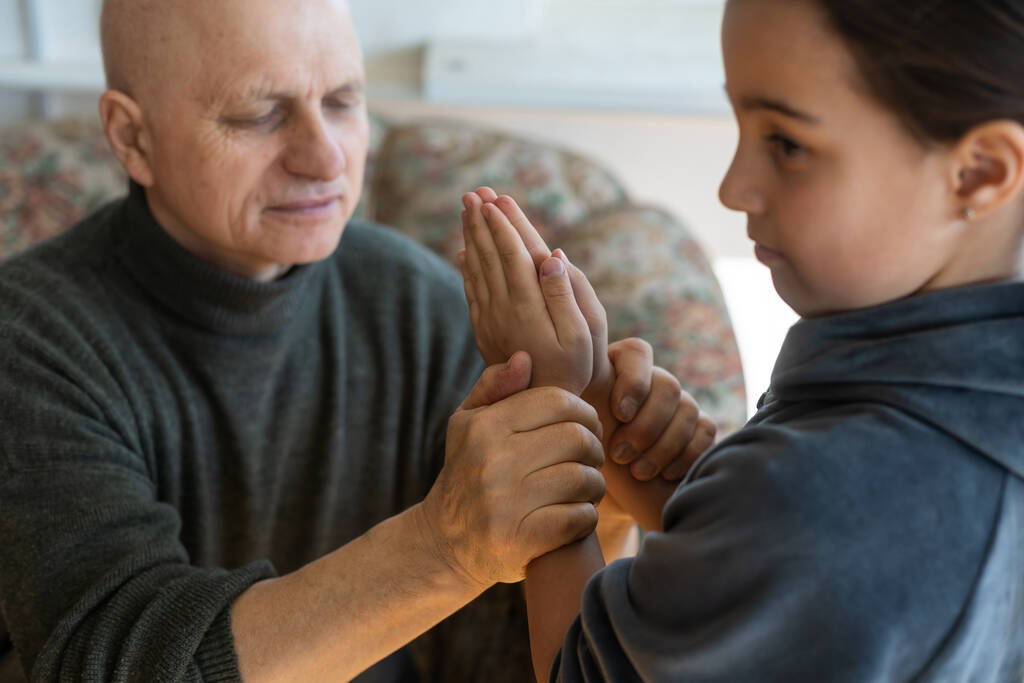Introducing children to diverse cultures and faiths can enrich their understanding of the world around them. As a parent or foster carer, you have a special opportunity to nurture tolerance, respect and open-mindedness in the next generation. Learning about major religious holidays is a wonderful way to achieve this.
Learn About Major Religions
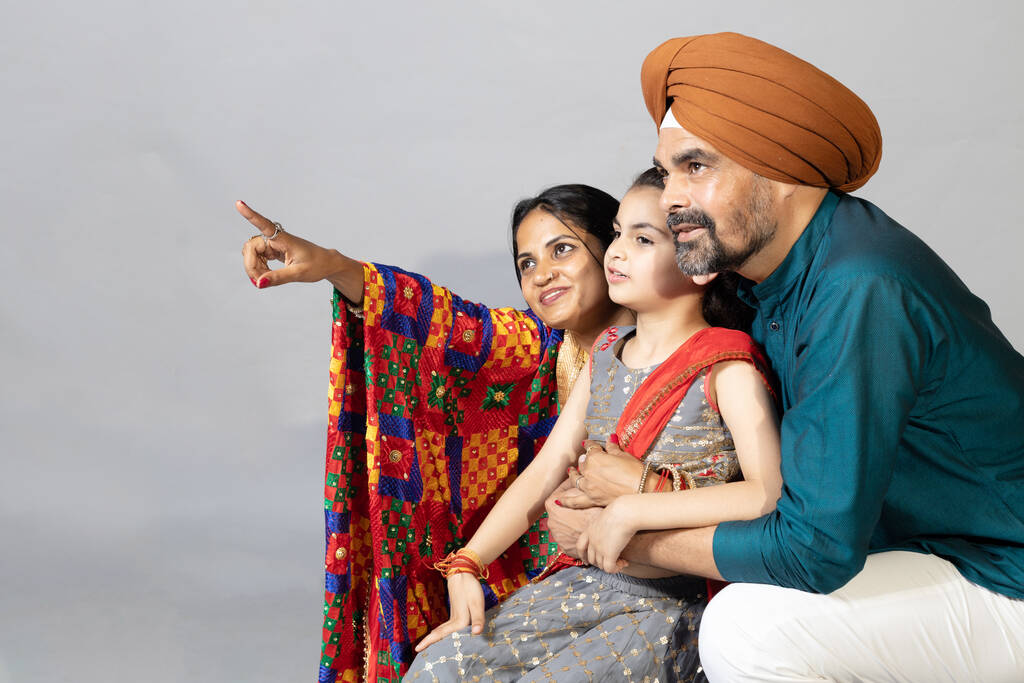
Start by developing your own religious literacy. Read up on beliefs, rituals and festivals in faiths like Christianity, Islam, Hinduism, Sikhism and Judaism. Understanding the meaning behind holidays will help you share key messages with your children. Specialist foster agencies like Active Care Solutions often match carers with children based on religious background, so insight into a child’s faith is invaluable.
Share Stories
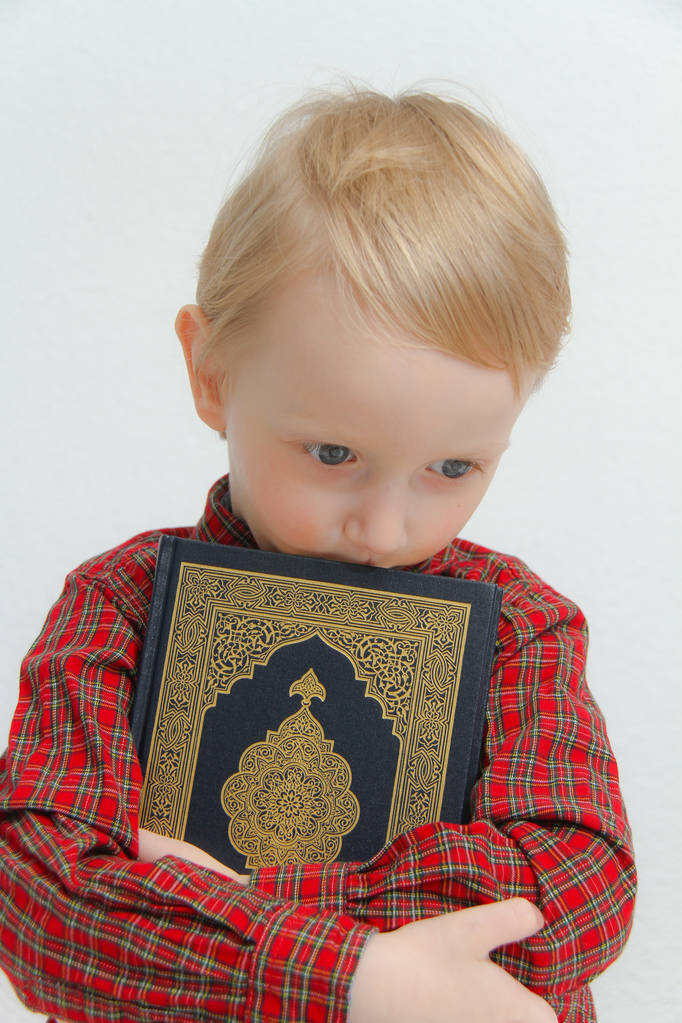
Stories bring beliefs to life in a way children relate to. Read age-appropriate tales about figures like Jesus, Muhammad, Krishna or Moses to provide context on the origins of holidays. Discuss values in the narratives and ask children what wisdom they have learned. Allow them to ask questions to satisfy their natural curiosity.
Highlight Common Themes
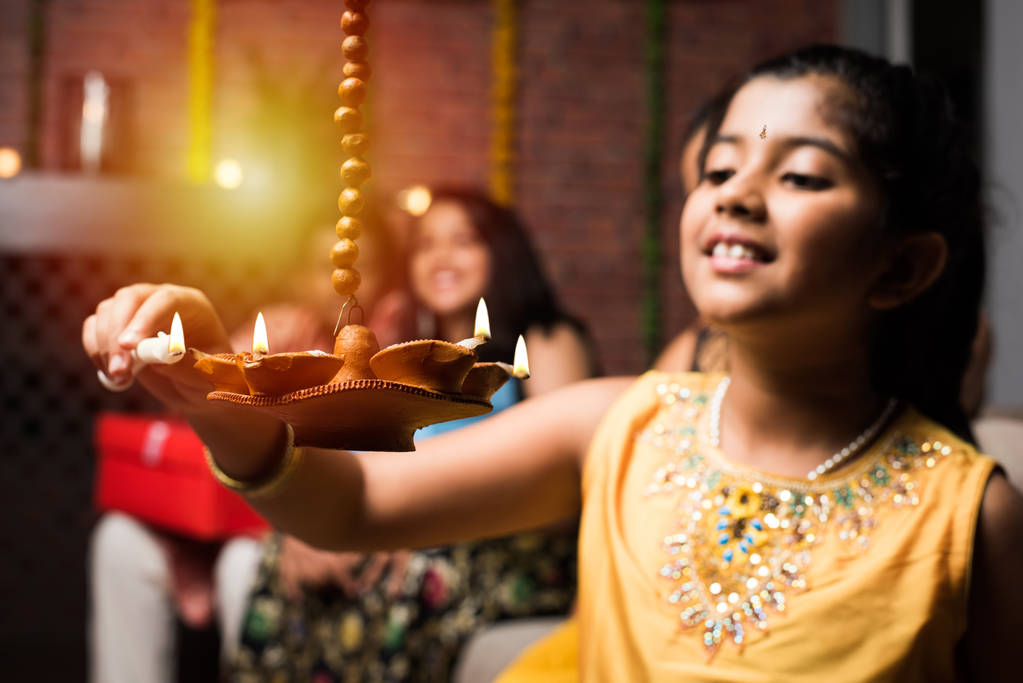
While specifics may differ, common threads like the victory of light over darkness (Diwali, Hanukkah), acts of sacrifice (Easter, Eid Al Adha) and celebrating God’s love (Christmas, Eid Al Fitr) unite many seasonal festivities. Focus on these universal messages about hope, devotion and triumph rather than doctrinal divides.
Involve Them in Traditions

Rather than just reading about holidays, experience customs firsthand. If you have a Christmas tree, include children in decorating it. Share sweet Eid dishes to end the Ramadan fast. Bake Hanukkah latkes together. Let them shake a grogger noisemaker during the Purim carnival. Immersing children in rituals forges positive attachments to diversity.
Use Decorations as Teaching Aids
Calendars, music, artwork, apparel and other decorative items offer visual gateways into holy days. Display a wall calendar marking significant observances across faiths. Play seasonal songs from different cultures. Frame art depicting religious stories. Have children help create paper lanterns or Rangoli sand murals. Wearing festive saris, kippahs or hijabs together makes learning interactive.
Visit Places of Worship
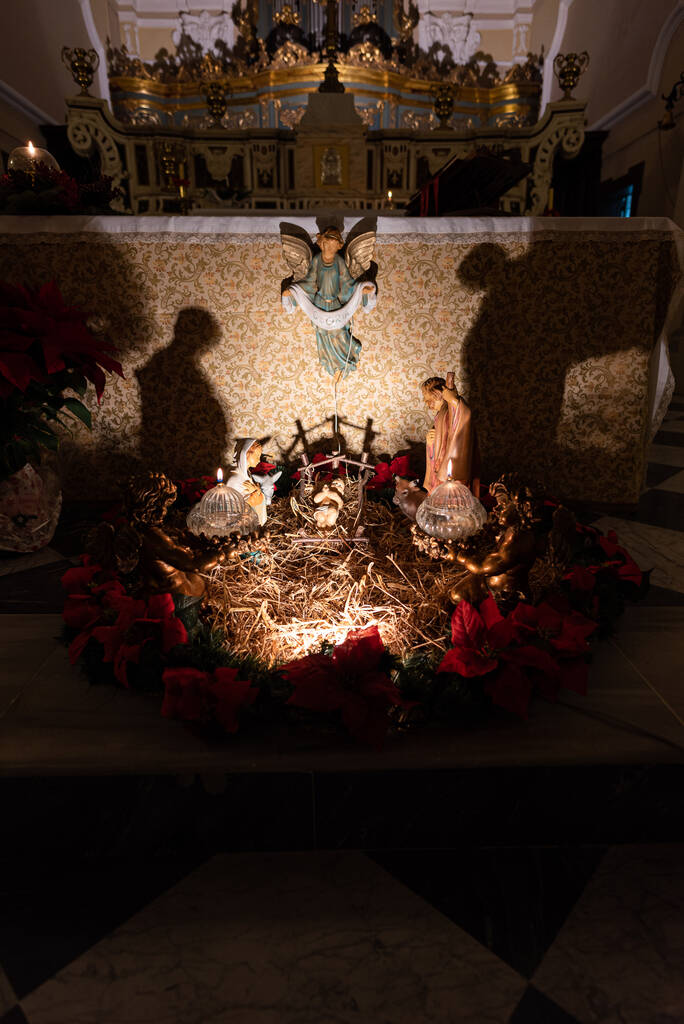
Seeing holiday symbols and rituals firsthand leaves an impression. Many places of worship hold open houses to educate about sacred seasons. Take children to see Nativity scenes at nearby churches. Visit a synagogue for apple and honey tasting at Rosh Hashanah. Watch Hindus make Pongal rice offerings. Any visit reinforces that while practices may look different, all faiths share joy on holy days.
Foster Open Dialogue
Encourage children to discuss what aspects of other holidays intrigue, confuse or excite them. Give everyone permission to ask questions without judgement, even on sensitive issues like dietary restrictions or gender exclusion in certain ceremonies. Clarify any misconceptions and provide context while emphasizing overarching themes of fellowship and devotion.
By taking children on an interfaith journey through holy days and traditions, they can develop a greater sense of empathy, mindfulness and acceptance of other cultures. You will nurture more open-minded global citizens equipped to build a tolerant society.
